Innovative VS legacy systems in warehouse logistics
Recent changes in consumer demands are reshaping the supply chains and the way of operating. Warehouse logistics is the first to be influenced by this trend because it is the heart of the supply chain and the enabler of commerce and the economy. It represents the lifeline of any supply network like handling, storage and transport of goods, fast-paced and complex segments. Consumers are now demanding quicker shipments, lower costs, and exceptional service while pushing processes to be more sustainable. These demands push warehouse logistics to be open to adapt, pivot and renew continuously.
Companies and organizations are under tremendous pressure to meet these requirements. In order to do that, they need to first understand their own capabilities; accelerate their digitalization efforts; obtain real-time product and process visibility and implement process automations. Second, they need to overcome the limitations of their legacy systems and shift to innovative models. This will not only help to satisfy the consumer demands but will optimize inventory, planning and logistics as well as lower the cost and the risk of error and disruption.
Warehouse logistics from A to Z
Logistics helps move tangible and intangible goods through the whole supply chain. It involves processes, data, programs, systems and people required to keep the products moving in, around and through the warehouse. Both the physical flow of products during receiving and shipping and the data associated with this flow, such as product information and fulfillment times, are included in the warehouse logistics.
“Logistics involves processes, data, programs, systems and people required to keep the products moving in, around and through the warehouse.”
The physical flow of products includes the receivement of a product at the warehouse, the storage of the product in the put-away bay, the transfer to a storage location once one is allocated, re-location of it within the warehouse when a sales order is received and the shipment to the customer.
The data flow is about gathering all the information generated before, during and after the physical flow. The data flow will start with the supplier selection and continue through all the activities from ordering, transportation, receiving to packing, shipping and final delivery. Warehouse logistics are only as strong as the data collected. As a consequence, when these two flows are synced and optimized, logistics operations can be executed smoothly.
Inbound and Outbound logistics
There are two sides to the warehouse logistics: inbound and outbound. The first one is the movement of raw materials, finished goods, and supplies from a manufacturer or other distribution channel to a fulfillment center, warehouse, or retail store depending on the business model. Second one is the movement of end products to the end user, often originating in a distribution or fulfillment center and then delivered to its final destination.
Inbound and outbound logistics both focus on the transportation of goods from one distribution network to another. The main difference between these two basically is to whom the products and goods are delivered. Therefore, the touchpoints for inbound flows are supplier, manufacturer, distributor, or product holder vs company, brand, retailer, or third-party logistics company; and the touchpoints for outbound flows are company, brand, retailer, or third-party logistics company vs customers.
Efficiency of the entire supply chain is directly related to the efficiency of inbound and outbound logistics. In order to optimize the operations related to these two very similar yet different flows, we need to understand how each process works.
“Efficiency of the entire supply chain is directly related to the efficiency of inbound and outbound logistics.”
Inbound logistics activities
Inbound logistics focuses on the inflow, i.e. the supply part of the supply-demand equation. It includes activities such as sourcing and procurement, ordering/purchasing, transportation, receiving, material handling, putaway, storing & warehousing, inventory management, expediting, distribution, tracking and reverse logistics.
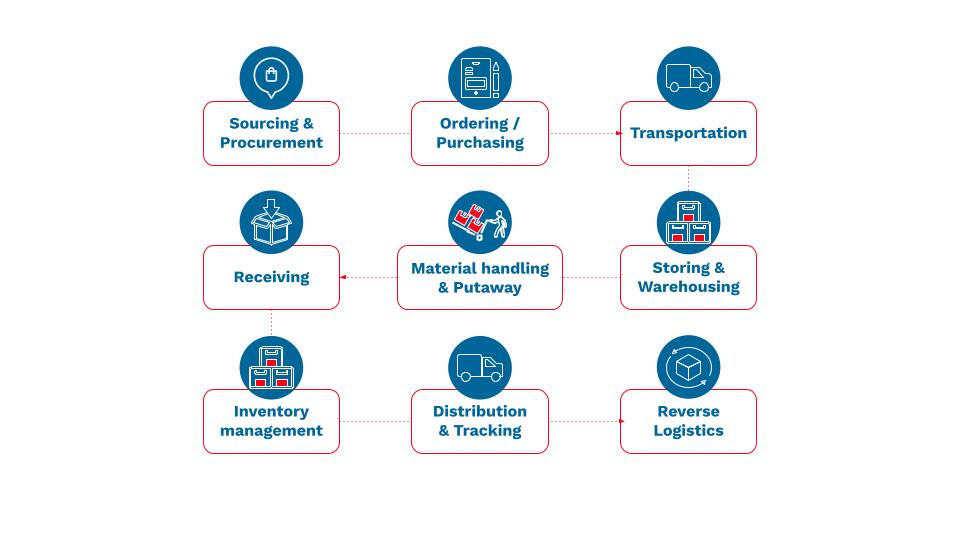
Sourcing and procurement - Finding and evaluating potential suppliers, getting price quotes and managing suppliers.
Ordering or purchasing - Placing an order of the goods or raw material the company requires so the right quantity arrives at the right time.
Transportation - Deciding the mode of transport and discussing price and route with the third-party carrier.
Receiving - Handling the arrival of new materials or goods, unloading trucks and receiving the ordered material, and ensuring the quantity and quality match the order.
Material handling and putaway - Moving the received materials or goods short distances within the facility and moving goods from the receiving dock to storage.
Storing and warehousing - Storing and managing the materials or goods in the right conditions before they go to manufacturing or customer fulfillment.
Inventory management - Keep track of the inventory, deciding the type and amount of raw materials/items you should store and where to locate them.
Distribution and tracking - Sending materials or goods to their destination inside the supply chain network and tracking the information on them, such as location and documents.
Reverse logistics - Bringing the raw material or goods back to the facility in case of defects, delivery issues, repair, and other problems
Outbound logistics activities
Outbound logistics focuses on the outflow, i.e. the demand part of the supply-demand equation. It includes activities such as processing of orders, picking and packing, sorting and shipping and final delivery.
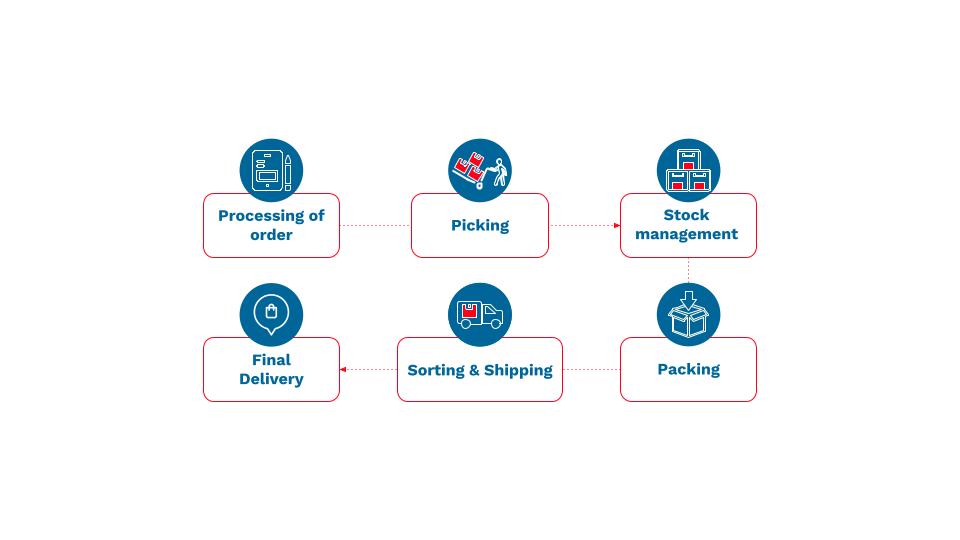
Processing of order - Once an order is received, it is confirmed by the warehouse and pushed into the queue to be processed.
Picking - After the order is confirmed, the workers then pick the relevant product from the inventory.
Stock management - The inventory is updated accordingly and product count and the stock-keeping units are adjusted to ensure stock levels are accurate.
Packing - The picked products are then packaged and labeled with the customer details which are then sorted by the carrier service.
Sorting and shipping - Once the packaged goods are sorted, the freight trucks or carriers pick up the orders and ship them off to their destination.
Final delivery - The final step is the delivery of the ordered product at the doorstep of the customer or the end-user.
As mentioned above, each and every of these activities will create a data flow that will follow the physical flow. Sometimes, this will be through documents (purchase order, receipt, packing list, transportation document, etc), excel files (picking lists, stock files, etc.), ERP, WMS, TMS, MES (material data, supplier data, client data, fleet data, product data, etc), e-mails and phone calls (process status informations, communication from or to the customer, suppliers or third party service providers, internal communications, etc.), and so on.
“Each and every warehouse logistics activity will create a data flow that will follow the physical flow.”
A well-organized and correctly functioning warehouse means reduction in overall costs, improvement of customer services and increase in efficiency. According to a report by McKinsey & Company in 2019, about $385 billion is spent each year, worldwide, on overall warehousing costs. However, most companies have an opportunity to save between 20% and 50% in warehousing¹.
There are six fundamental elements of performance (processes, people, performance management, interaction with third-parties, layout and ownership), which can help companies to achieve excellence in their warehouse logistics. For example, in company-owned warehouses, increasing efficiency of employee activities can help save 1% to 5% FTE. In external warehouses a better interaction with third parties potentially saves up to 4% FTE (see the figure below)².
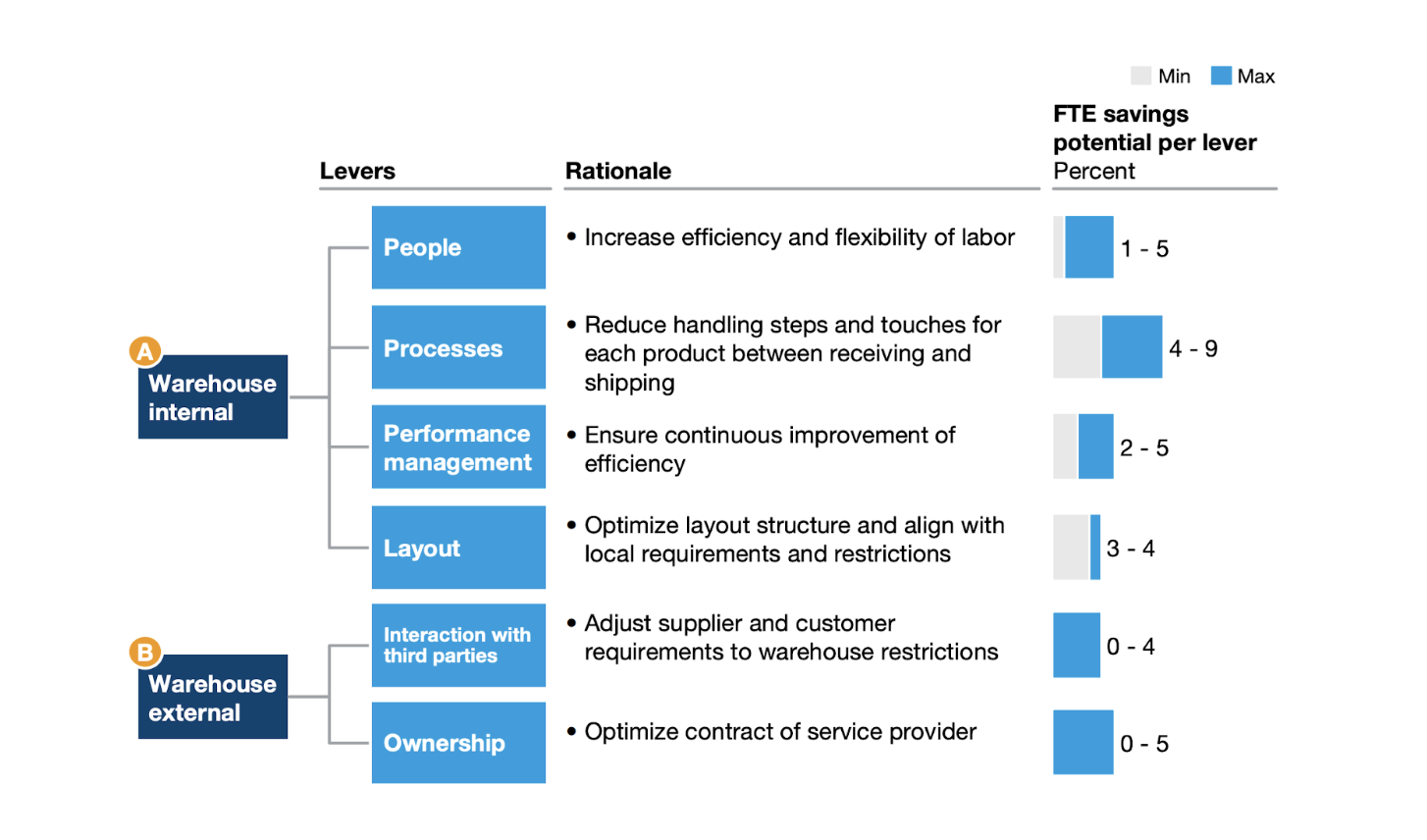
Excellent warehouse logistics, in many ways, can lead companies to significant benefits for their businesses and supply chains. However, achieving excellence in warehouse logistics is not always an easy task. It is crucial to follow the data flow created in each phase and sync the data with the physical data flow. In order to do that we need to take advantage of the softwares and existing and emerging technologies.
“Softwares and existing and emerging technologies are fundamental to follow the data flow and achieve excellence in warehouse logistics”
Innovative vs legacy systems: what is the difference?
A well-organized and correctly functioning warehouse logistics is possible with the assistance and guidance of technology and digitalization. There are various systems, solutions, tools, applications and devices, which are accompanying the logistics and supply chain companies in their digitalization journey for quite a long time. The problem arises when these systems and solutions themselves become an impediment to operational efficiency and cost saving.
It is not so surprising that an IT system becomes obsolete over time. Logistics, transportation and supply chains are constantly evolving. Every day, they are subject to the changes in the economy, market conditions, new laws, new customer demands and new challenges. Consequently, they adapt, pivot and renew continuously.
The IT systems must be flexible in order to adapt to all these changes. They should not be an obstacle to the company growth but the facilitators.
What is a legacy system?
Planned orders tracked by spreadsheet, old school proprietary data collection systems, clipboards with inventory data, delivery tours planned by spreadsheet, undecipherable and non univocal product/article codes… If one or more of these practices sound familiar, then you are definitely aware of the costly and time-consuming legacy systems and the consequences brought by them.
Gartner defines legacy systems as “an information system that may be based on outdated technologies, but is critical to day-to-day operations”³. Today, many companies in supply chains and logistics are still relying on a patchwork of legacy systems. These outdated systems, softwares or applications are used by a company because they still perform the functions they were originally designed for but do not allow for change or growth. Usually, these systems no longer have support or maintenance and they are limited.
“A legacy system is an information system that may be based on outdated technologies, but is critical to day-to-day operations.”
They have so limited capability to respond to the challenges mentioned above because responding to those challenges requires interacting with newer systems and technologies. Generally, legacy systems are not open to this kind of interaction. As a result, most companies find themselves dealing with the issues caused by an existing legacy system. However, replacing the legacy system is not always an easy task.
These systems are essential to daily operations. For example, an IT manager, appointed with the task of replacing the legacy system, should ensure compatibility with old systems and data formats that are still in use and carefully assess and plan the replacement. This is surely one of the main reasons why legacy systems are still widely used among companies.
A checklist for identifying legacy systems
What are the main identifiers for determining a legacy system? A system or software can be obsolete because of various reasons. Companies should focus on the following factors when trying to identify if a legacy system is in use:
1. Year
The year of development or implementation because most legacy systems are outdated and advanced in age.
2. Availability in the market
Checking if the product still exists in the market. Sometimes the system's vendor can discontinue the product. In this case the system becomes an end-of-life (EOL) legacy system.
3. Updates
The availability of software updates and vendor support is another indicator. A system can be defined as a legacy system if the software requires new updates to be functional, however there are no updates available.
4. Scalability
When the software is heavily patched and it is not possible to scale it or there are no (or only few) qualified staff within the company that knows how it works.
5. Compatibility
Legacy software usually is not compatible with new systems and there is not a possibility of adding more functions. Legacy software is limited in its functionality and cannot be developed further.
6. Compliancy
If the software is compliant with recent standards.
7. Data security
If the system is supported with security patches.
8. Current performance
Legacy systems are often associated with poor efficiency and lower productivity.
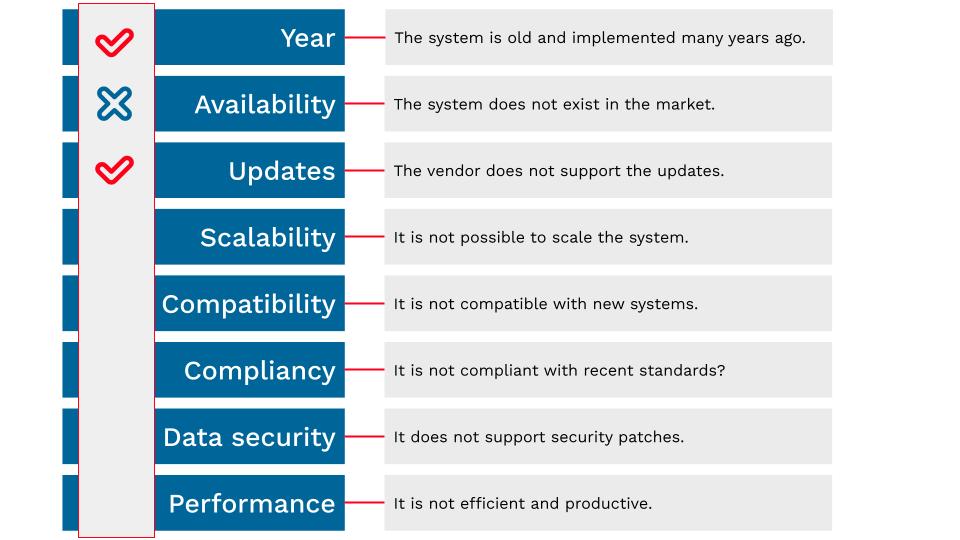
Some popular examples: operating systems like Microsoft Windows 7, even after Microsoft halted security updates and support for it, it is still run by 100 million machines today; programming software languages like Common Business-Oriented Language (COBOL), which is still used 55 years after its development and today 49% of softwares is written with this language; database tools like Oracle E-Business Suite and Peoplesoft; non-modernized versions of IBM’s AS/400 systems or some management systems (ERP, TMS, WMS) that were used commonly but today no longer maintained or updated.
ERP, TMS and WMS systems are especially affected by the phenomenon. Some of these systems are unable to adapt the new changes and keep up with changing supply chain and logistics trends. Especially company-owned, on-premise systems or those developed by a small software house on demand are the ones that easily can become a legacy system.
“ERP, TMS and WMS systems are especially affected by the phenomenon.”
According to the statistics shared by IBM, there are still 100.000 companies worldwide using AS/400 systems. IBM’s AS/400 is actually a tricky example for supply chain and logistics legacy systems. It was launched in 1988, as an integrated system consisting of a hardware (AS/400), an operating system (OS/400) and equipped with several basic functions including an integrated database.
Over the years both hardware and software have undergone many updates, revisions and name changes. Although many people still refer to the system as AS/400, or sometimes IBM's iSeries server, hardware today is technically a Power Systems running an updated operating system called IBMi. Depending on the level of modernization that the company brought to its AS/400 system it can be considered as outdated and obsolete. Considering that many of the applications hosted on these systems were created 20 or perhaps 30 years ago. Therefore, they are not particularly modern or user friendly.
Do my current systems provide the support my operations require?
Do my current systems integrate information from multiple systems?
Are my current systems updated?
Do my current systems support the implementation of new technologies?
Is my data safely preserved in my current systems?
The answers to these questions will basically help you to understand if you have a legacy system in use and give you an indication about the future actions you need to take.
How does a legacy system hinder your business?
A legacy system can have various negative impacts on your business. These systems often cause costly delays and disruptions, performance issues, data breaches, and slowdowns in daily operations.
Data siloses
Many legacy systems are not designed to integrate with other systems. This means that each system keeps the data only for itself. This prevents information from being shared in real-time between different departments in the company and between different parties across the supply chain. The lack of visibility caused by data silos might aggravate the decision making process by forcing companies to be reactive rather than proactive. It may also complicate the execution of daily operations, since it will force employees to waste their time working on duplicates and inefficient activities.
Costly maintenance
Maintenance keeps the legacy systems running. The maintenance for these systems means ensuring that the system is still able to function properly. It does not include any updates or changes to the initial capabilities. Therefore, the money spent on the maintenance of a legacy system is a cost paid for the status quo without a chance for growth or change.
Outdated technology and inefficiency
In today’s logistic environment, speed is an extremely important differentiator and a competitive advantage for the companies. Legacy systems, with their long load times and lags, hold down the companies, which are ready to sprint. Software slows down over time and if the solution vendor no longer releases updates, there is no real way to address the issue. Plus, for legacy systems, rolling out new updates and features is a real slow process.
Compliance and security issues
A data breach can have a substantial cost for a company both economically and reputationally. Legacy systems are more vulnerable to cyberattacks than newer systems. Today, hard-coded passwords are not enough to protect valuable data. Moreover, legacy systems may not be equipped to meet continuously changing compliance regulations. The General Data Protection Regulation (GDPR), for example, requires a company to know and prove what customer data they have, where it is, and who is accessing it. This obliges companies to keep well-managed records. This requirement is nearly impossible to meet with an outdated, siloed system.
What is an innovative system?
As new technologies emerge, the logistics and supply chain systems and solutions are changing and transforming the traditional supply chain into a more advanced, more functional process driven by digital technology and innovation. These systems are breaking down the data silos and giving companies the ability to keep up with the ever changing customer demands.
How to recognize an innovative system?
Lately, innovation has become a buzzword and used only to draw attention. However, the innovative systems and solutions we talk about in this article have specific characteristics and they bring determined benefits.
An innovative, modern system is a digital, collaborative, adaptive and modular tool, which guarantees the visibility of accurate information to all stakeholders. For warehouse logistics operations, this means a system that can easily connect and sync the physical flow to the data flow while sharing the data with concerned parties such as clients, partners, carriers, suppliers, etc.
What are the benefits of using an innovative system?
The innovative and modern systems bring production, inventory and transportation departments on the same page and give them the possibility to work on the same dataset in real time. This will radically improve the operational efficiency by reducing the time spent on searching for information in the data siloses.
Open and flexible structure
Unlike a legacy system, an innovative software eliminates data silos by enabling communication and data sharing inside the company and across extended supply chain networks. An innovative software is open to communicate with different IT systems and transmit data in formats that other systems can read. Data Interchange (EDI) and Application Programming Interface (API) technologies are commonly used, enabling technologies for data exchange. Eliminating data siloses increases operational efficiency and improves the decision making process.
Real-time data
Due to their open and flexible architecture, innovative systems enable real-time or near-real time data collection and aggregation. Internal data from main operative systems -ERP, TMS, CRM, WMS, SCM systems, etc. or from documents, spreadsheets, e-mails; external network data generated by suppliers, partners or clients and/or data generated by devices and sensors used for tracking shipment locations and conditions (e.g. temperature, humidity, shocks) or managing warehouse inventories can be all aggregated into one platform. This creates complete visibility both over products and processes, internally and externally and eliminates the blind spots.
Software-as-a-service approach
Software as a service (SaaS) is a software distribution model, commonly used by innovative systems. In this model, the solution provider hosts applications and makes them available to end users in secure cloud environments. Maintenance for SaaS systems is not something that the users are responsible for but it comes as a natural consequence of the evolution of the product itself. Users simply pay a subscription fee to gain access to the software, which is a ready-made solution. Also, a cloud-based software makes it possible to roll out new features faster than legacy systems.
Advanced technology and efficiency
By leveraging advanced technologies like Artificial Intelligence, Machine Learning and Natural Language Processing (NLP), innovative systems can automatize manual and time-consuming processes and derive knowledge and insights from huge amounts of both structured and unstructured data coming in via a variety of sources. Solutions powered by these technologies can automatize some repetitive ordering activities or can analyze data to predict transportation delays or inventory and stock levels by increasing the efficiency of inbound and outbound activities.
Legacy systems, Innovative systems or both?
There is not one magical solution that can work for everyone. Each company has unique operation processes and tools and systems used to manage the activities. How a chemical products manufacturer manages its inventory and distribution activities will differ from how a food wholesaler manages the same activities.
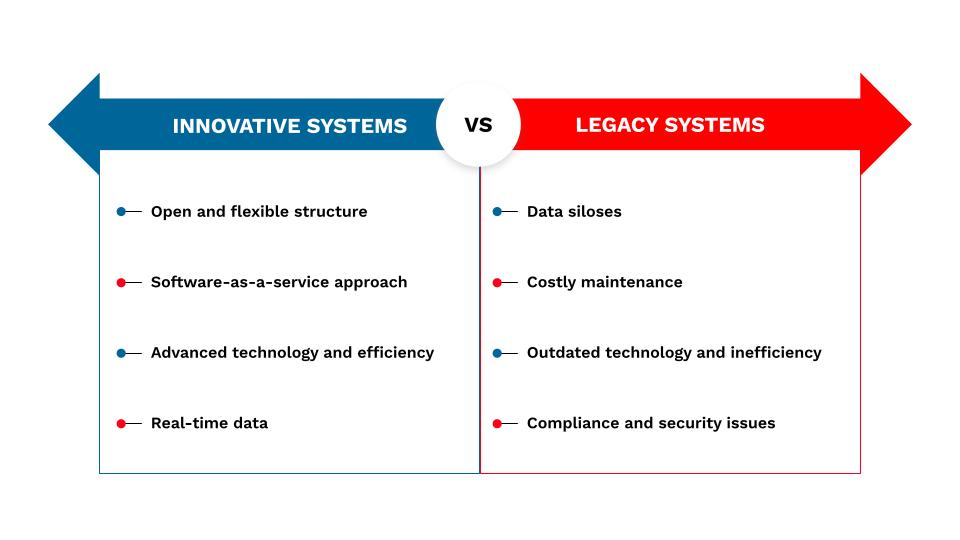
The size of the company, category of the products provided and in which geographies will have a significant impact on shaping these activities. However, it is fundamental for any company to identify if a legacy system is in use and if the usage of this system is in any way hindering its operations. Having done that, the company will have basically 3 options: continue to use the legacy system, switch to an innovative system or try to find a solution that allows both systems to function together.
It is important to remember that keeping a legacy system brings certain risks and, in the long term, it is more cost-efficient to replace it. However, IT systems can become obsolete before companies are ready to change them. It is common for the companies to keep legacy systems running for years. The main reason for this is because it is hard to replace these systems, especially when they still manage and execute critical activities.
“Keeping a legacy system brings certain risks and, in the long term, it is more cost-efficient to replace it.”
In some cases, the company can lack skills to migrate the legacy system or it is not ready to invest resources -money, time and staff- for such a change or the old investment made for the existing system has not been recovered yet. Therefore, the company is not ready to make a new investment.
Creating a new system with the same features as the legacy system is really difficult because of the adaptations and updates implemented by different people over time in order to adapt it to the specific needs of the business. Also, switching to a new system can make the management team and/or the employees feel uncertain, since they are familiarized with the old system and they do not know if the new system will meet their technology needs. Finally, in the short-term, it is often less expensive for companies to maintain outdated software than to buy new software.
When it is nearly impossible to replace the legacy system but the company is ready to make some changes in order to resolve operational problems, the innovative solutions can lend a helping hand. A legacy system can work as a core database, while the innovative system works as a connecting link and empowers the automatization of some crucial operations.
For example, a production facility, relying on spreadsheets and manual data entry, can be enabled with sensors sending real-time data for instant analysis. The connection between these systems can be made by an innovative software.
However, these kinds of choices should be made very carefully. The objective should not be adding more on the system to resolve inefficiencies because this will only create more silos and/or breaks in communication. The objective should be to find an innovative solution that can aggregate data from different sources, without unsettling the existing operations.
Conclusions
Today’s logistics challenges depend on making processes and data available in a digital environment. Each activity in the warehouse logistics, from inbound (procurement, ordering, transportation, receiving, handling, storing, inventory management, distribution and tracking and reverse logistics) to outbound (order processing, picking, stock management, packing, shipping and final delivery) creates large amounts of data. It becomes difficult to aggregate and manage it.
Companies should aim for complete visibility, meaning a complete view of every machine, product, person, process, client, supplier, trade partner, service provider and so on. If their existing legacy systems pose a challenge to do so, they should look for innovative solutions and find the ones that can help them to overcome this pressing challenge.
 Crazy prices: what's happening to transportation companies
Crazy prices: what's happening to transportation companies Why is it important to receive real-time information from carriers?
Why is it important to receive real-time information from carriers?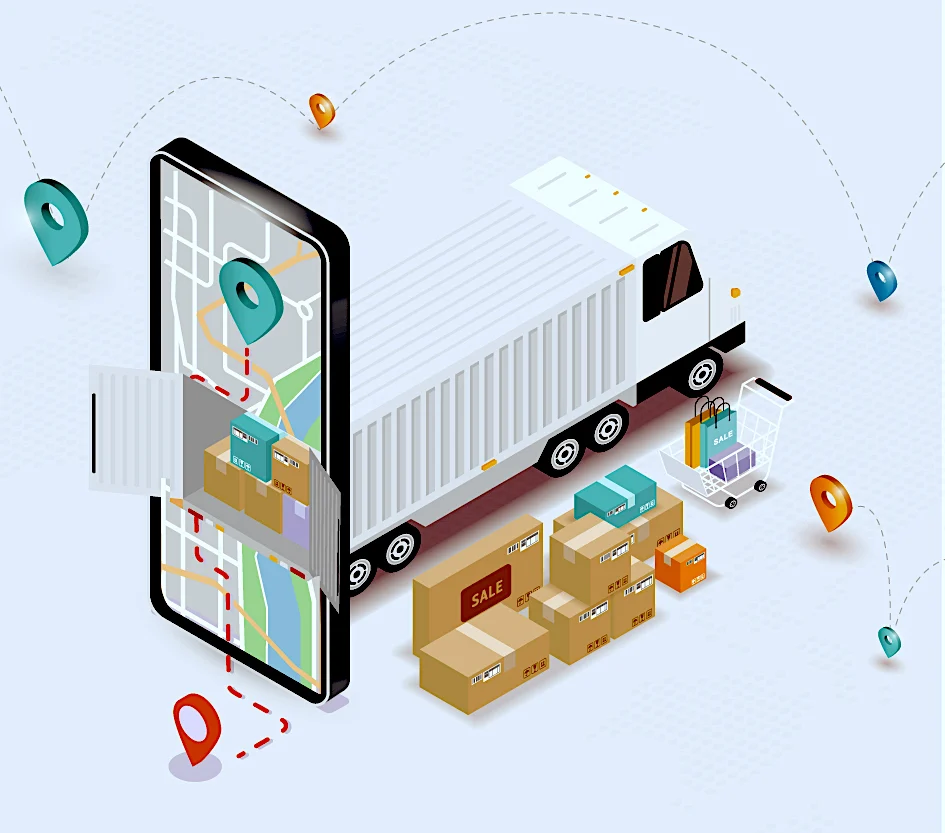 Real time transportation visibility (RTTV): what solutions to integrate?
Real time transportation visibility (RTTV): what solutions to integrate?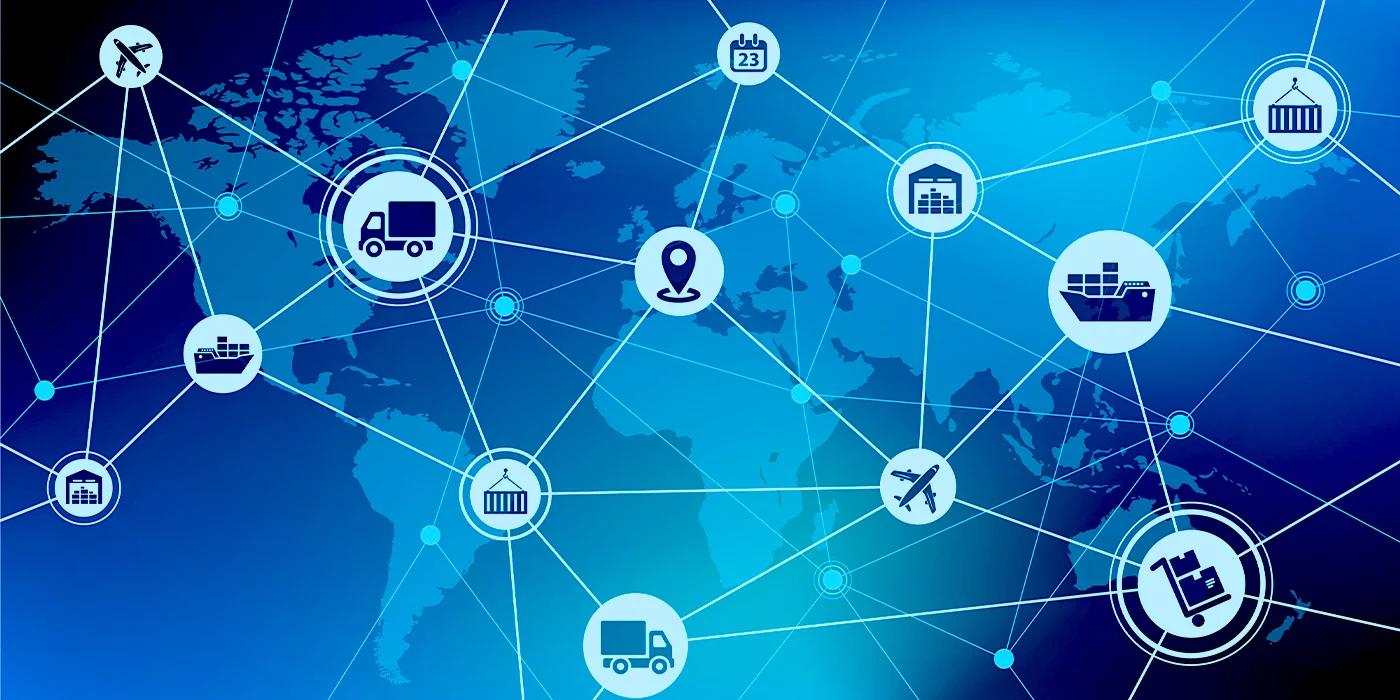 Total supply chain visibility
Total supply chain visibility